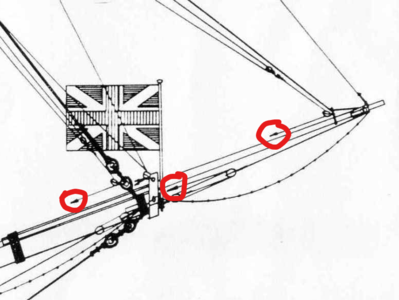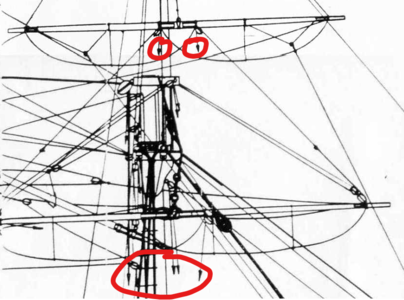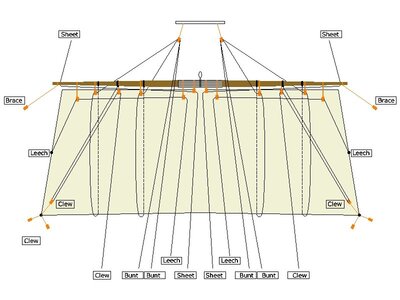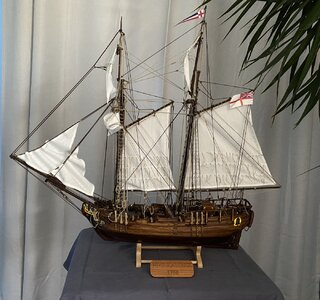- Joined
- May 26, 2023
- Messages
- 23
- Points
- 48

I'm building HMS Halifax (1768) in 3D, but I'm a total lubber and while the plans are gorgeous, they seem to assume I know much more about rigging a ship than I actually do (which is basically nothing). I'm inferring what I can, and looking at other people's builds, and I've even bought some books on rigging model ships, but it's all rather overwhelming so I ahve to ask: Where do I take the lines that end in arrows?!?









 -Darcy Lever (Dover Press)
-Darcy Lever (Dover Press)
